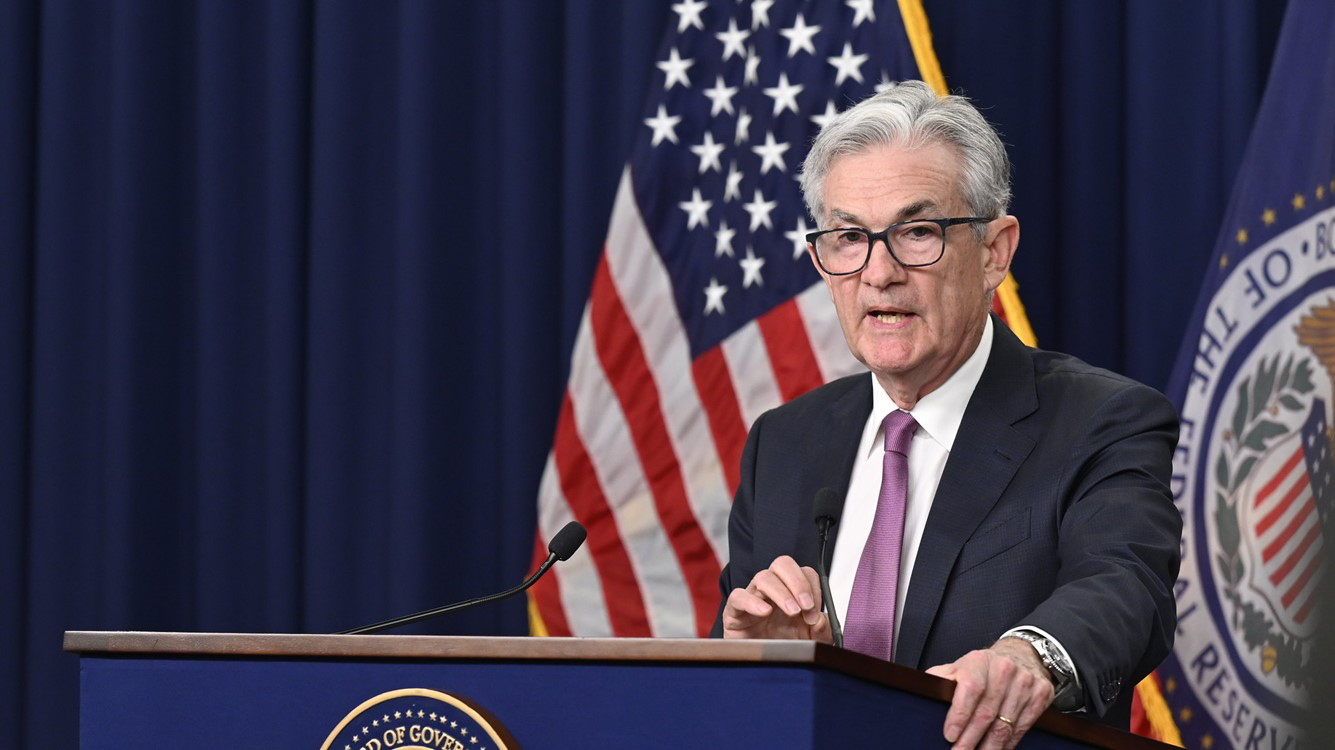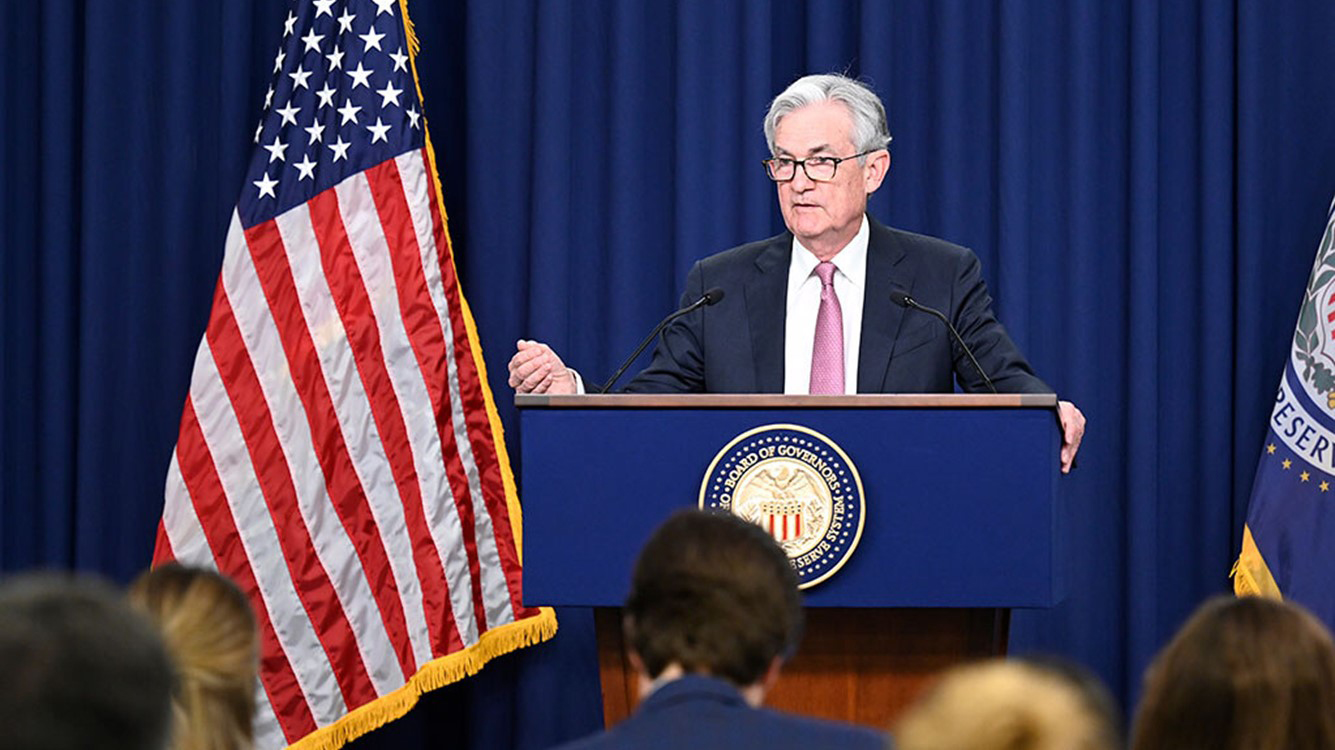Fed leans into optionality
Markets rallied and bond yields fell in response to the Federal Reserve’s decision to pause.

November 1, 2023
The Federal Open Market Committee (FOMC) voted unanimously to keep rates unchanged at its November meeting. That is the second consecutive pause, which prompted many to speculate that the Federal Reserve is finished raising rates. That is not the message that the Fed is peddling. It left the door open to additional rate hikes.
Much depends upon how much the economy slows in response to previous rate hikes and broader tightening “financial conditions.” That is a nod to the role the recent rout in the Treasury bond market could play in slowing growth. The expectation is for the rise in bond yields to do the heavy lifting on credit tightening for the Fed. The surge in mortgage rates has already dumped a bucket of ice on the housing market; the question is, whether that is enough to cool the broader economy and fully derail inflation.
Fed Chairman Jay Powell was extremely careful to underscore that he “is not yet confident that financial conditions are restrictive enough.” The Fed is not likely to get enough information on the course of the economy and inflation before year-end. Powell essentially took December out of play by referring to the Fed’s last forecast, which included an additional rate hike, as “a point in time” analysis. We are not likely to see a definitive end to rate hikes in the Fed’s messaging until well into 2024.
The irony is that the more financial markets believe that the Fed is done, the more the Fed will have to consider additional rate hikes. In speeches in the coming weeks, look for meeting participants to signal that a holding pattern on rate hikes does not equate to an end in rate hikes.
Powell admitted the staff left a recession out of their forecast at this meeting. He said he believes that “slower growth and some easing in the labor market” is necessary. That implies a rise in unemployment. The Fed considers a stalling of the economy and a slow rise in unemployment a soft landing.
Powell also made clear that no one was talking about rate cuts at this meeting. The debate was on whether additional hikes will be needed and over what period of time rates will need to remain high to bring down inflation.
The Fed will release its next forecast on rates in December. The Fed removed two cuts from its forecast for 2024 at the September meeting; we could see more cuts removed from its trajectory on rates for 2024.
The Fed has hit a peak in rates.
Diane Swonk, KPMG Chief Economist
Bottom Line
Financial markets rallied and bond yields fell in response to the Federal Reserve’s decision to pause. They do so at their own peril, because those actions could make additional rate hikes in 2024 more likely. A push to reset the message by Fed meeting participants is expected to reverse some of those improvements in financial conditions in the weeks to come. Hence, our forecast that the Fed has hit a peak in rates. Any failure on that front will put rate hikes back on the table in 2024.
Explore more

Pause with a hawkish clause
Stronger economic growth, in and of itself, justifies higher rates.

KPMG Economics
A source for unbiased economic intelligence to help improve strategic decision-making.

After the fall: A structural change watch list
Inflation and higher rates are plaguing developed and developing countries alike.
Meet our team

Subscribe to insights from KPMG Economics
KPMG Economics distributes a wide selection of insight and analysis to help businesses make informed decisions.
